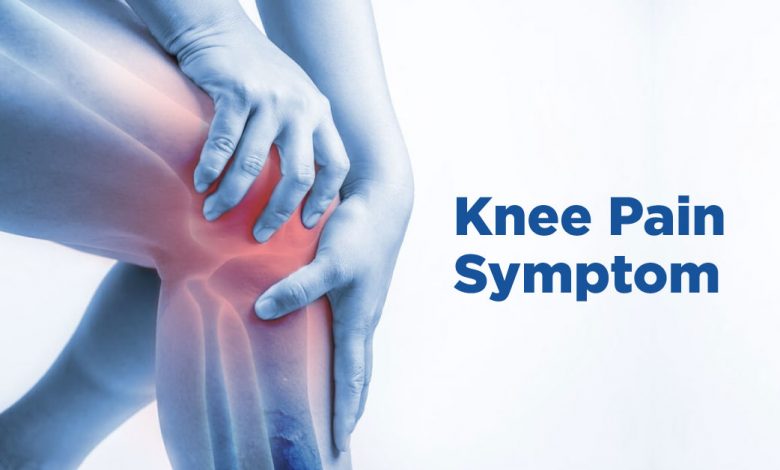
Knee pain affects people of all ages and is a familiar issue. An injury to the knee, such as a ruptured ligament or torn cartilage, can cause pain. Knee discomfort can also be caused by medical diseases such as arthritis, gout, and infections. Self-care methods work effectively for a variety of mild knee pains. Knee braces and physical therapy might also aid with pain relief. However, in rare circumstances, you may require knee surgery for a full cure.
Depending on the source of the condition, the location and intensity of knee pain may vary. The following are some of the signs and symptoms that might occur when you have knee pain-
- Swelling and stiffness are common after-effects of surgery.
- Redness and inflammation
- Instability or weakness
- Popping or crunching noises upon knee movement.
- not being able to completely straighten the knee.
Considering the intensity and the cause of the pain, here are some home remedies you can use to alleviate your knee pain-
Hot or cold packs: One of the finest and easiest anti-inflammatory at-home treatments is using hot packs in the form of hot water bags, hot towels, or ice packs. Ice should not be applied directly to the skin over the knee, instead, it is better to wrap it in a towel and lay it on the knee with mild, constant pressure.
Massage therapy: For thousands of years, gentle massage of the knee with heated oils like sesame oil (particularly herbal or medicated Ayurvedic oil) has been a proven and tested technique for knee discomfort. In Ayurveda, the technique is also highly recommended for many forms of pain. The strengthening impact of massaging the thigh muscles decreases strain on the knees during activities such as exercises incorporating body weight-bearing (such as squats) and cardio exercises. You can book a massage with a local therapist or go to an Ayurvedic or health facility that offers massage treatment. After massage therapy, Ayurvedic facilities generally apply hot fomentation/steam therapy to the knee.
Immobilization: Knee braces or crepe bandages wrapped around the joint might help you to reduce joint mobility and pain.
Strengthen your knee and the muscles around it by exercising– Learn which exercises can help you with your knee discomfort by seeing a physical therapist. If you regularly do the exercises that target the knee joint and muscles around it are beneficial in reducing knee discomfort.
Maintain a healthy weight: Overweight people put a lot of strain on their knees. Find strategies to lose weight and maintain a healthy weight. Every pound loss helps to alleviate knee discomfort.
Use “RICE” if you have a sprain or injury to your knee: “RICE” is highly suggested if you have a sprain or injury to your knee. RICE is a medical abbreviation that stands for Rest, Ice, Compression, and Elevation.
Rest: Stay away from activities that might put a strain on your knee. If you have a serious knee injury, you should rest for at least a day or two.
Ice is an excellent pain reliever. While ice treatment is typically safe and beneficial, it should not be used for more than 20 minutes at a time since it has a risk to damage your nerves and skin.
Compression: Look for a lightweight, breathable compression bandage. It should be firm enough to support your knee but not so tight that it restricts blood circulation.
Elevation-Propping your wounded leg on cushions or reclining in a chair might help decrease swelling.
If you have significant pain from a recognized disease like osteoarthritis, take over-the-counter (OTC) pain reliever like online Tapentadol 100mg. Avoid using any analgesics without first seeing your doctor if you have medical conditions such as renal or liver illness.